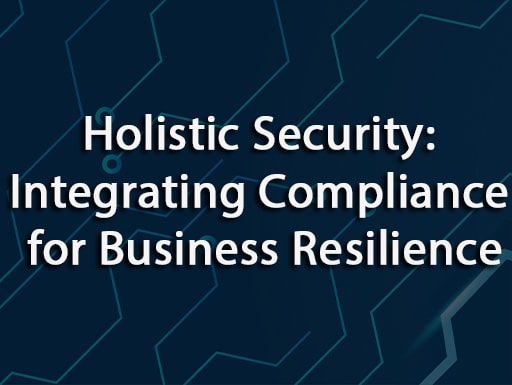“How to Build a Scalable Freelance Business: Moving Beyond One-Off Gigs to Long-Term Contracts” How to Build a Scalable Freelance Business: Moving Beyond One-Off Gigs to Long-Term Contracts In todays gig economy, freelancers often find themselves stuck in a cycle of one-off projects, which can hinder consistent income and growth. Transitioning to long-term contracts is […]
“How to Build a Scalable Freelance Business: Moving Beyond One-Off Gigs to Long-Term Contracts”
How to Build a Scalable Freelance Business: Moving Beyond One-Off Gigs to Long-Term Contracts
In todays gig economy, freelancers often find themselves stuck in a cycle of one-off projects, which can hinder consistent income and growth. Transitioning to long-term contracts is crucial for building a scalable freelance business that provides stability and ongoing workload. This article will guide you through the essential steps to move from sporadic gigs to sustainable, long-term relationships with clients.
Understand Your Niche
Identifying and asserting your niche is the first step towards creating a scalable freelance business. Specialization allows you to position yourself as an expert, attracting clients who are seeking long-term partnerships.
- Research Potential Markets: Analyze your skills and the market demand. For example, a graphic designer might focus on specific industries like tech startups or e-commerce.
- Build Your Skills: Invest time in developing unique skills that differentiate you in your niche. Consider courses or certifications to bolster your expertise.
Create a Strong Personal Brand
Your brand is your reputation; thus, building a strong personal brand can significantly influence your ability to secure long-term contracts. A well-defined brand not only highlights your expertise but also establishes trust with clients.
- Design a Professional Website: Use your website as a portfolio to showcase your work and include testimonials from previous clients. A recent survey indicated that 70% of customers prefer businesses with a professional online presence.
- Leverage Social Media: Use platforms like LinkedIn to network with potential clients and showcase your projects. Regularly posting relevant content can position you as a thought leader in your field.
Develop Relationships with Clients
Building and nurturing relationships with clients is vital for securing long-term contracts. Establishing trust and delivering consistent value can turn one-off gigs into repeat business.
- Communicate Effectively: Regular updates and transparent communication foster a sense of partnership. Clients appreciate being kept in the loop regarding project developments.
- Exceed Expectations: Deliver high-quality work on time, and consider going the extra mile. Providing additional insights or minor edits at no extra charge can leave a lasting impression.
Use Retainer Agreements
Retainer agreements are a practical way to ensure consistent income while solidifying long-term relationships with clients. e contracts allow clients to pay you a regular fee for a set number of hours or deliverables each month.
- Define Deliverables Clearly: Clearly outline what is included in the retainer agreement to avoid misunderstandings. Specify the services you will provide, whether its ongoing content creation or design tasks.
- Review Periodically: Schedule regular check-ins to discuss project outcomes and adapt the agreement as necessary. This demonstrates your commitment to the client’s success.
Market Yourself for Long-Term Success
Marketing is essential for attracting the right kind of clients who appreciate the value of long-term partnerships. Rather than focusing solely on immediate job postings, showcase your capabilities through various strategies.
- Use Job Boards Strategically: Websites like Upwork or freelancer-specific platforms often have categories dedicated to long-term projects. Tailor your proposals to highlight your interest in ongoing work.
- Network Continuously: Attend industry events and engage in online communities. Building a network can lead to referrals and opportunities for recurring contracts.
Measure and Adapt
Finally, while building a scalable freelance business, continuously measuring and adapting your strategies is crucial. Stay aware of industry trends and client expectations to ensure you remain relevant.
- Track Your Progress: Use tools like Google Analytics for your website and client management software to assess how many long-term contracts youre securing compared to one-off gigs.
- Solicit Feedback: Regularly ask for feedback from clients on your services. This can help refine your offerings and enhance client satisfaction.
Actionable Takeaways
Transitioning from one-off gigs to long-term contracts is a strategic move that allows for stability and growth in your freelance business. By understanding your niche, building a strong brand, developing client relationships, implementing retainer agreements, marketing effectively, and consistently measuring your progress, you can establish a scalable freelance enterprise. Start taking these steps today to create a more secure future as a freelancer.
Further Reading & Resources
Explore these curated search results to learn more:









